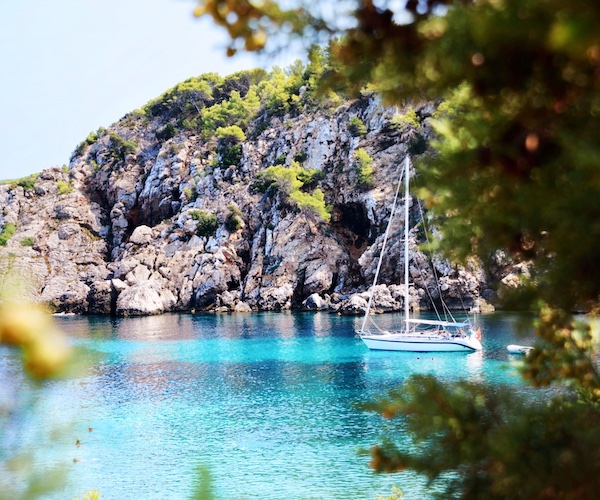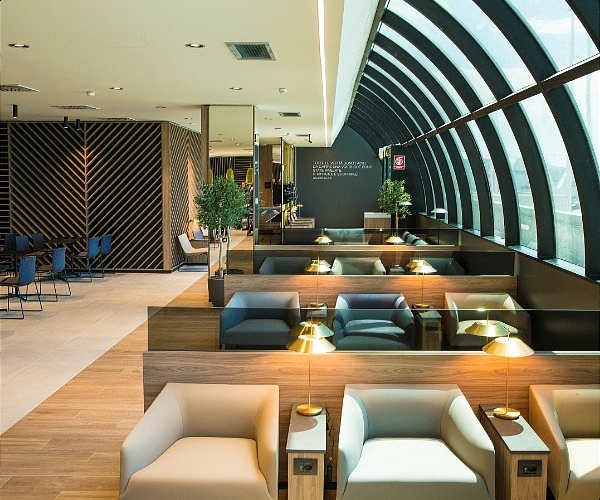If you haven’t heard about the ‘Sapphire’ ice cave in Iceland yet, you will once you arrive. It’s worth coming to Iceland for that reason alone. Add in the Northern Lights, a snowy landscape and a remote location (perfect for social distance holidays) and you have an incredible trip awaiting you.
So this blog post is more of a love letter to Iceland’s now ‘most famous’ ice cave (above). An ice cave that, despite the trials of a warm summer and the effects of climate change, has survived for 2 successive winters. This is a rare occurrence, trust me. I had the pleasure, as a local tour guide, of getting to explore this ice cave both seasons and inspect it up close and personal.
And I’m here to say, based on everything I’ve seen in both years, I’m quietly confident that the Sapphire Ice Cave will be here for a 2021/22 season too. That means if this winter (2020/21) is a little too early for you to get to Iceland you may still get to see this wonder of nature next winter.
This is a bold statement. More bold than you could know, I promise you. I’ll do my best to explain below, as well as show you some incredible pictures to help you understand my enthusiasm.
Btw, I am not a scientist by any stretch of the imagination but I did minor in Physics at University and have had a fascination with glaciers, volcanoes and science in general my entire life. I’m also a professional glacier guide by trade. I’ve run tours to countless ice caves across Iceland and have had the honour of being the first to discover a few myself (long melted away now). So to say I have an understanding of the process in which an ice cave is formed would be an understatement.
What is an ice cave?
The Sapphire ice cave is just like any other ice cave that the best tour operators take customers to in Iceland. Big, blue, beautiful and remote. But it differs in one key way, it survived the summer!
You might be scratching your head right now thinking, “But aren’t glaciers thousands of years old?” and concurrently, “If an ice cave is part of a glacier, doesn’t that mean these are ancient structures too?”

It’s a good thought process. Glaciers in Iceland are hundreds or thousands of years old. BUT, they are constantly moving. They are also constantly melting. In fact, the ice you see flowing on a glacier (at very slow speeds) is usually only a few hundred years old. That’s because snow accumulation at the tops of the mountains replace the ice that melts away each winter. As the global temperature continues to rise, the melting ice is disappearing faster than fresh snow can replace it, hence why glaciers are disappearing around the world.
So if an ice cave is formed inside a glacier that is constantly moving and melting it’s unlikely that they will hang around for very long.
In most cases an ice cave is formed when ice in the summer melts and erodes the remaining ice around it. As the warm water cuts deep into the ice over these sunny months they form cavities in the glacier. Then, once the winter comes and the melting slows down, the holes that were formed from the melting are emptied out and a new structure is left behind (an ice cave). Depending on the ferocity of the water flow and the angle that it hits the ice will depend on the shape and size of the ice cave that’s left behind.
The below image is a particularly well shaped ice cave to show this process from 2017. You can see the ripples and effect of the water, leaving behind an almost ribcage like cave. It lasted one winter season only.

How do we find this year’s ice cave?
Some ice caves are cathedral sized arch ways. Some are snake like tunnels. And some are enclosed holes that open up once you get inside them. The Sapphire ice cave closely resembles the latter.
The sad thing is that these incredible beauties rarely last very long. Especially now that climate change is making the winters warmer and wetter. Almost without fail an ice cave will melt or collapse in the proceeding summer. In fact, in the 2017/18 winter the ‘Treasure Island’ ice cave didn’t even survive the whole winter (see below). It collapsed in many sections by the end of February and a new ice cave had to be found for the last month of exploration.

Basically, in a nut shell, every autumn the local ice cave explorers go out in droves searching for a new ice cave for the upcoming winter season. Thankfully, these veterans are good at what they do and usually find something. What they find is always a question mark though.
Will it be as big as last years? Will it be as blue? Is it easy to get to for tourists? These are questions that haunt the tour operators in Iceland who hope to sell tours to these temporary wonders. So you can imagine my elation when the Sapphire Ice Cave survived from one winter to the next. It’s big, it’s blue and it is very accessible, even for those with only moderate fitness levels. A welcome respite from all the bad news of 2020.
Why is the Sapphire Ice Cave different?
In short, it isn’t different.
Just like my description above, the Sapphire ice cave was formed from flowing summer melt water that froze over in winter, leaving behind a stable arched cave. Just like above, the Sapphire ice cave was not immune to summer melting either. And yet it remained.
Was it because it was so big last year that even after lots of it melted away there was still a good cave left over? Nope!
It is quite simply because this particular ice cave is formed by something called a sub glacial channel (a river under the glacier). This ‘river’ is a flow of water that is an accumulation of lots of different cavities and crevasses with streams of water joining up in the same location. So unlike many other ice caves, this sub glacial channel is very likely to continue to forge it’s own way out of the front of the glacier each year.

That suggests that each summer the melt water from the glacier is going to find its way out of the same, or similar, hole in the front of the glacier. That also means the surrounding ice will be moulded and shaped by it every summer too. So even if the glacier melts lots this summer, it’s likely that the ‘new’ Sapphire ice cave will be formed a few hundred metres behind this years. That’s what happened this summer in any case (see below for what it looked like in 2019/20).
Don’t get me wrong, the glaciers are melting at unprecedented rates. And as the glacier moves and collapses these sub glacial channels can dry up or find a new route. However, the location of this particular ice cave also lends a helping hand to its longevity. Namely, it’s near a mountain side. The mountain forces the glacier ice to move in the same way each year (the mountain warps the ice) so the replacement ice is likely to act in the same way each year. This (hopefully) suggests that the Sapphire Ice Cave will be here next winter too!
That is until the glacier disappears completely in that area of course.

Sapphire Ice Cave 2022/23
I say that last statement with a pang of despair as it is a notion that is becoming all too familiar in my line of work. There was a very similar ice cave called the ‘Crystal Ice Cave’ (see below) that was formed in the exact same way but on the opposite side of the glacier. The locals rejoiced that they had found a quasi-permanent fixture for ice cave season each year. Every summer, the water flowed through a sub glacial channel and every winter it left behind a beautiful blue ice cave. However, in 2016, after almost 10 years of faithful service this ice cave disappeared too.
The cold hard fact is the glacier had just melted so much in the previous years that there was simply not enough ice in that area to create a new ice cave again, regardless of water flow. If I’m honest, I was devastated to learn it had gone for good.

So nowadays we’ve jumped to the opposite side of the glacier where the ice is still present. This particular glacier is dozens of kilometres wide btw and has a lagoon in the middle to contend with so despite all the melting, there is plenty of glacier ice to explore.
In the yesteryears, we may have been foolhardy and announced that the Sapphire Ice Cave was now ‘the’ ice cave to visit and promote it accordingly each year. Unfortunately those days are over.
So when I say that I believe the Sapphire Ice Cave will be there for a 3rd consecutive winter season (2021/22) I can assure you, it is a bold statement. I was even tempted not to publish this article, as my colleagues and friends will call me out on my crystal ball approach to predicting next years ice caves. Nevertheless, I am confident that we will see one more year of this epic ice cave. Fingers crossed!
Conclusion
I guess my conclusion is that if you want a guaranteed ice cave that is big, blue, beautiful and easy to access then get your butt to Iceland as soon as you can. This winter (2020/21) might be too early but 2021/22 may be the perfect chance for you. You never know, it may be the last time we get a cave this special and easy to get to.
See you there!
Ryan Connolly is Co-Founder of Hidden Iceland. Hidden Iceland specialises in private trips, taking you to some of the hidden gems of Iceland with a passionate and experienced guide.
If you would like to be a guest blogger on A Luxury Travel Blog in order to raise your profile, please contact us.




